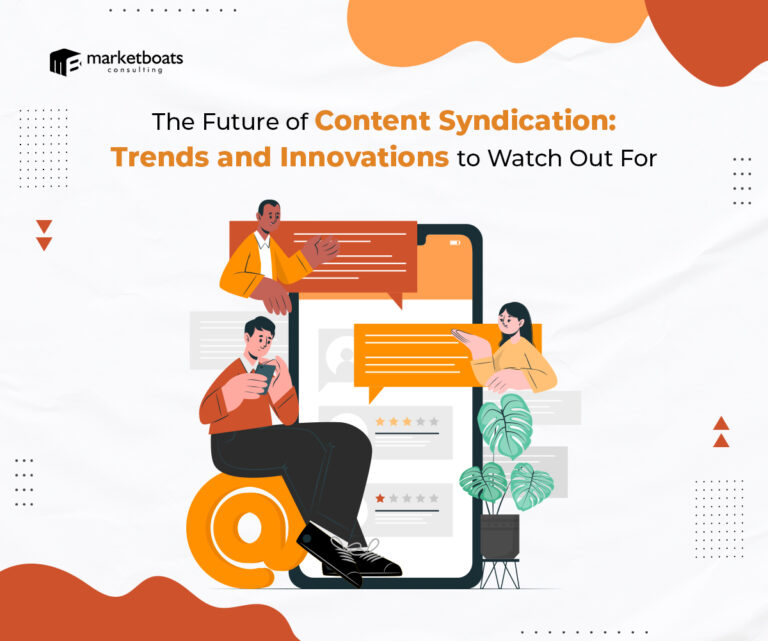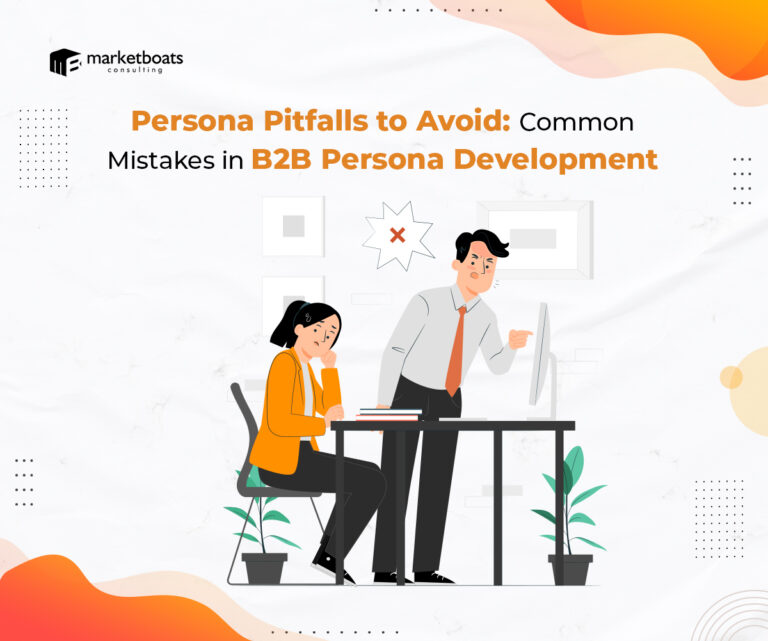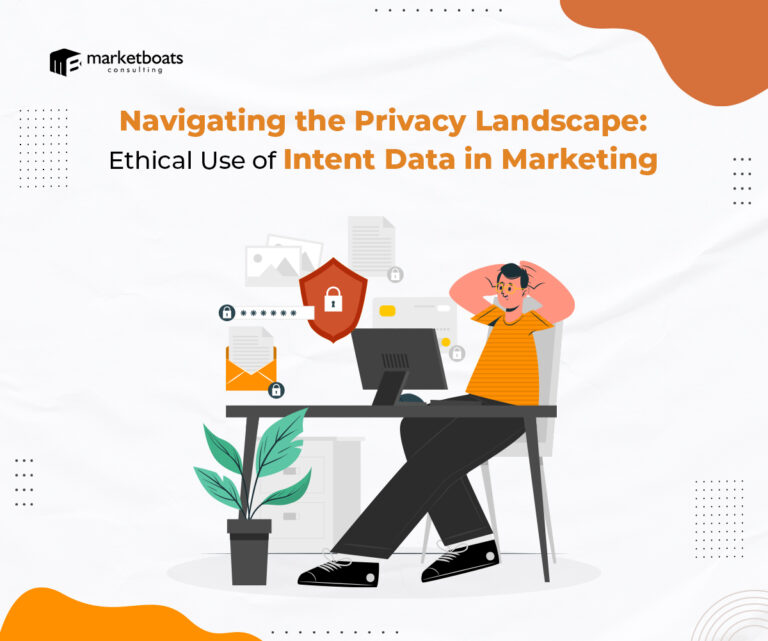Introduction
You’ll be astonished at how recognizing user behavior can improve your business and boost it to the top of the industry. While you can’t exactly tell what your customer thinks, you can shape your market strategies by studying their purchase behavior.
While conventional methods have results, they can be used more efficiently alongside intent data analysis and user behavior insights. Even studies show that companies using behavioral data analysis improved sales growth by a whopping 85% with gross margins of up to 25%!
In short, user behavior insights are obtained by extracting data from intent data like website engagement and social media interactions. Combining basic business methods and intent-based marketing strategies like user behavior insights can take your marketing strategies up a notch and give you the added advantage you need.
So, how do you decode intent data and equip user behavior in your business? Here’s a thorough guide!
Understanding User Behavior
Before understanding user behavior, let’s talk about the digital market space. While shopping online, humans naturally seek the best outcome. Going through site after site, comparing products by features and prices, and finally reaching an appropriate option before finally hitting “Buy Now”.
The growing digital market, akin to a physical store, has a variety of users, including people who know what they want and people who are just browsing for ideas. A buyer’s journey is extensive and rigorous, but we’ll try to make it short and easy to grasp.
Let’s take a comprehensive look.
A buyer’s journey goes through three stages: Awareness, Consideration, and Reward. By gathering user behavior insights from these three steps, you can peek into their minds, understand their preferences, and then act accordingly.
Awareness
In the first stage, the user is just a potential customer. They’re aware of the problem, but they are not looking for any specific solution. Imagine window shopping, but online. According to studies, 83% of customers start looking for products online. The person is just doing general searches for potential solutions to their pain points, going through social media content, and analyzing anything that catches their eye.
Understanding user intent, in this case, is extremely crucial as by assessing these metrics, you customize your website as per consumer needs and make it the go-to marketplace for the best solutions. For intent-based marketing strategies at this initial stage, you can consider data like search queries, website traffic, social media engagement metrics, etc.
Consideration
In this stage, users try to understand their problems and find solutions. This involves comparing options, looking at fellow consumer reviews and experiences, and deciding the next step accordingly. They may even engage with solution-oriented blogs, watch product explainer videos, read user reviews, or make brand comparisons between similar products.
At this stage, it is important to keep track of metrics such as click-through rates on CTAs that lead to product pages or demos, the time spent per page, heat maps, scroll lengths, etc. Multiple tools can help you gain these insights, Google Analytics, Hubspot, and Hotjar, being some of them. Intent data analytics on these metrics are sure to take your marketing strategies to the next level.
Reward
The conversion is successful, and in this final stage, the potential customer has turned into a customer with a definitive idea of what they want. They are down to choosing between a minimum number of options before finalizing it.
Users generally compare products, read user reviews and ratings, and add items to carts before making that final purchase. These user behavior insights can be leveraged and used to make moves like pushing the most relevant products on the most viewed page. Metrics like conversion rates, customer service interactions, and product ratings play an important role in optimizing your market strategy.
Understanding user intent and behavior, and leveraging high-intent data can help your business on many fronts. A 2023 study by Bombora shows that extracting insights from user intent can help increase conversion rates by 18%, sales velocity by 30%, and decrease churn risk by 10%.
Diving into user psychology can unlock useful insights and help in user-intent interpretation. Alleviating negative aspects like pain points and anxieties into positive solutions with compelling methods to create an emotional connect with your brand. You can push user reviews and ratings, and increase social media engagement with unique and creative content, thus personalizing your brand and increasing loyalty.
Analyzing Search Queries
Search queries tell you the ”what” and “why” behind user searches. Knowing these aspects, you can offer appropriate content, optimize their buying journey, and make your business stand out. Let’s explore some of these:
- Informational Queries: Users generally look for information about product features, comparisons, prices, etc., before making a purchase. Your website can help users with these types of queries by offering detailed and user-friendly blog posts.
- Navigational Queries: When users look for specific content on your website, clear menus, easy-to-read site maps, and visible CTAs can help simplify their search experience.
- Transactional Queries: Usually, when customers intend to buy a product, they search for clear descriptions, high-quality visuals, and easy purchase methods. Make sure that your design is framed in a manner that offers easy identification for users.
- Commercial Investigation Intent: When looking up products, users typically browse through price comparisons, recommendations, and reviews before making a decision. Ensure your website is aligned to accommodate this investigative phase of a user.
Behavioral data analysis becomes easier with data like specific keywords, their frequencies, and your website’s rank in those terms. In this case, Google Search Console emerges as one of the best free tools that evaluate metrics like bounce rates and time spent per page to unlock user intent interpretation, intent data analysis, and SEO. Some other tools that you can use to analyze key metrics include:
- SEMrush, Ahrefs, and Moz: For user search intent, relative search terms, and keyword complexity, especially longtail keywords with high buying intent.
- AnswerThePublic: To search common user queries on the web and to stay updated with products as per user demands.
- Hotjar: To assess heat maps and session recordings and form analytics that can identify user pain points and help tailor your content.
Extracting Insights from Search Intent
Intent data analysis can help you make calculated predictions in the market if used strategically. Here are some ways you can do it:
- Keyword Grouping: Identify search trends and frequent queries to group keywords according to them. This can make extracting insights from intent data easier.
- User-engagement metrics: Use metrics like click-through rates, bounce rates, heatmaps, etc., to identify user interests and your business’s potential relevance.
- Analyzing content gaps: Compare what users are looking for and what’s already there to understand which gaps to fill, thus making you more catered to user necessities.
- Analyzing SERPs: Go through query-based search engine result pages to analyze the content type appearing per-query search and optimize your content to have the least CTR. Featured snippets that appear in boxes in Google SERPs are shown to have a CTR of just 8.6%.
- Predictive Analysis with Machine Learning: Using ML and cognitive learning to analyze past searches and suggest more relevant results in the next one. A classic example is Google’s RankBrain algorithm, which assesses search queries using ML and offers more appropriate search results.
Multiple intent-based marketing strategies, such as continuous real-time optimization, geotargeting with local SEO, user segmentation, and much more, can increase customer engagement and act as a foothold to climb to the top of the industry.
Implementing Insights into Marketing Strategies
The insights discussed are utilities that can make you stand out in the industry if used correctly. You can ensure that by integrating suggested strategies in your marketing campaign with methods like crafting creative content based on website engagement metrics, creating tailored promotional messages that are engaging, monitoring social media engagement, and optimizing content across all promotional channels. These steps must be followed by continuous monitoring and iteration based on real-time updates and user feedback.
Practically, you need to gather relevant data from authorized sources, integrate them with existing CRM systems and social media analytics, and tailor your content as needed.
Segment and analyze your audience based on demographics, engagement, preferences, etc., to find unique and common factors. Identify and understand user behavior insights through patterns and trends, and personalize your marketing strategies accordingly.
Integrating intent data analysis in your business strategies and maximizing insights from user behavior can make you the go-to place whenever they’re looking for a product.
Ethical Considerations
In the growing digital landscape, privacy is one of the biggest concerns. If you’re employing intent data in your business strategies, make sure to be transparent with the data you use and that it does not affect the sentimental values of users, as that could pose a threat to both your business and your goodwill. Employ modern and secure data storage methods to prevent breaches and leaks. Be unbiased and ensure the indiscriminate and fair usage of collected data. Give your users complete freedom on their data and their choices of sharing it, avoiding any sort of manipulation or malpractice.
Data privacy and transparency are major factors in the modern business scenario, so make sure you abide by laws and regulations like the California Consumer Privacy Act (CCPA) in the US or the General Data Protection Regulation (GDPR) in Europe. Adherence to these increases the reliability and the trust users put in your business strategies.
Conclusion
Extracting insights from intent data not only gives you an edge over other companies but also boosts your brand value and recommendation chances. You can personalize your marketing strategies and make them more user-engaging. Who knows, you might surpass Starbucks, flaunting one of the best loyalty programs in the world.
So, integrate intent data analytics and behavioral data analysis into intent-based marketing strategies, and get ready to climb up to the top of your industry!
Now, if you’re looking for the perfect way to leverage this, don’t worry! Marketboats is here with over 25 years of combined experience in the industry. Our vast and seasoned team is dedicated to your business needs and specializes in accompanying you on your road to success.
With valuable industry insights, vast databases, and best-in-class lead-generation services, we are here to make the complexities of market strategies easier for you. Let us guide you toward a personalized plan in sync with your goals.
So why delay when prosperity awaits? Contact us now!





